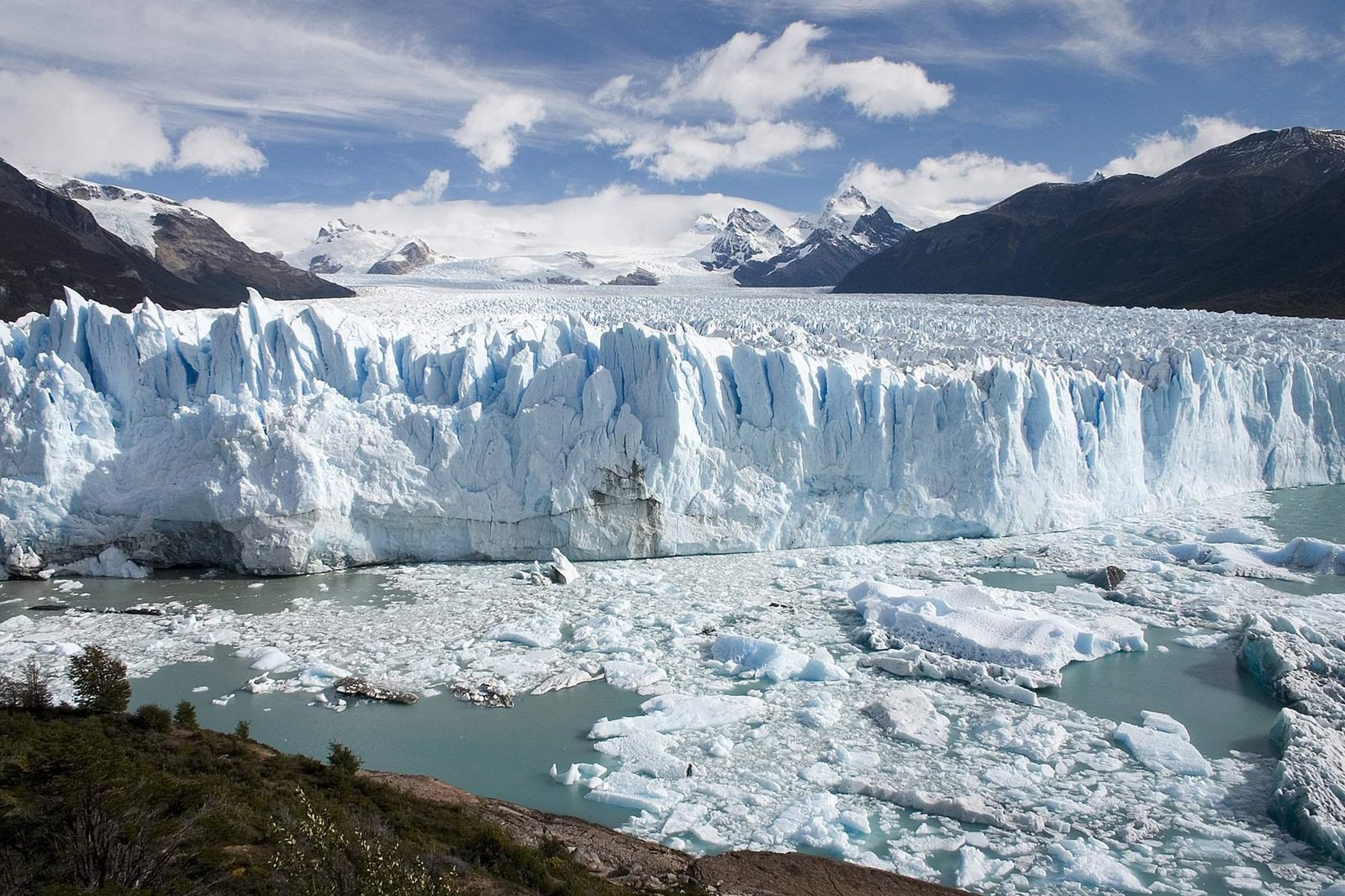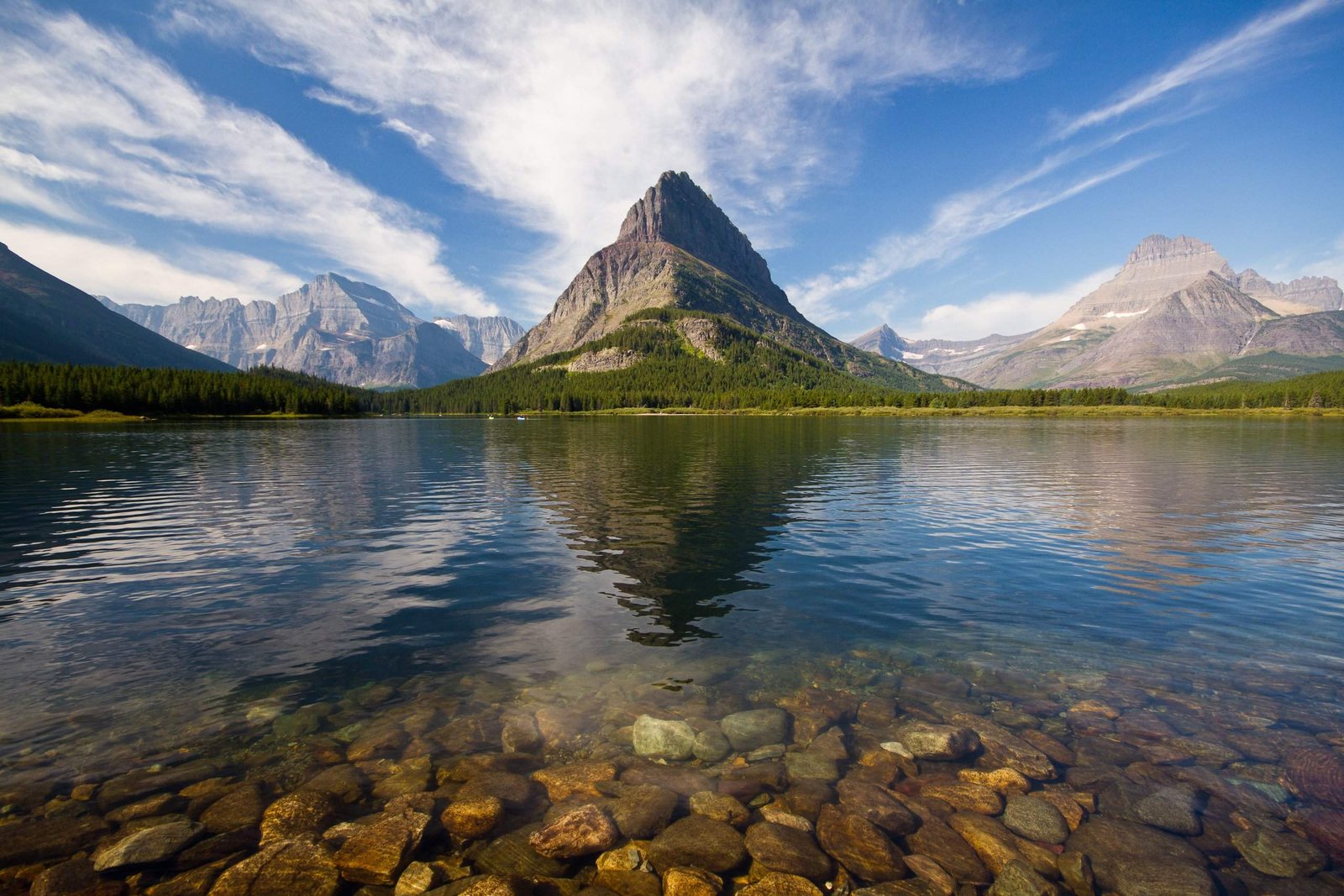Glacier National Park’s evening spring meadows offer a breathtaking spectacle of natural beauty. As the sun sets, the park’s vast meadows come alive with vibrant wildflowers, diverse wildlife, and stunning vistas. Photographers and nature enthusiasts flock to these areas to capture the magical interplay of light, flora, and fauna. The park’s unique geography and ecosystem create an unparalleled environment for experiencing the wonders of nature in the fading light of day.
What Are the Best Locations for Evening Photography in Glacier National Park?

Glacier National Park boasts several prime locations for capturing the beauty of its evening spring meadows:
- Lake McDonald:
- Famous for its colorful pebbles and mirror-like reflections
- Best viewed from Apgar Village
-
Ideal for capturing sunset reflections on still water
-
Swiftcurrent Lake:
- Located on the park’s east side
- Offers stunning views from Many Glacier Hotel porch
-
Perfect for photographing alpenglow on surrounding peaks
-
Logan Pass:
- Highest point on Going-to-the-Sun Road
- Home to expansive alpine meadows
-
Excellent for wildflower and wildlife photography
-
Hidden Lake Overlook:
- Short hike from Logan Pass Visitor Center
- Panoramic views of Hidden Lake and surrounding mountains
- Opportunities to photograph mountain goats and marmots
When Is the Best Time to Visit Glacier National Park’s Spring Meadows?

The optimal time to experience Glacier National Park’s evening spring meadows varies depending on your interests:
- Wildflower Season: Mid-June to mid-August
- Wildlife Viewing: Early morning and late evening, year-round
- Photography Golden Hour: 1-2 hours before sunset
- Avoiding Crowds: Late May to early June or September to October
| Season | Pros | Cons |
|---|---|---|
| Spring (May-June) | Fewer crowds, waterfalls at peak flow | Some trails may still be snow-covered |
| Summer (July-August) | All facilities open, peak wildflower season | Crowded, potential for wildfires |
| Fall (September-October) | Fall colors, less crowded | Some facilities begin to close, cooler temperatures |
What Types of Wildflowers Can Be Found in Glacier’s Spring Meadows?
Glacier National Park’s spring meadows are renowned for their diverse and colorful wildflower displays:
- Beargrass (Xerophyllum tenax)
- Tall, white, bottle-brush-like flowers
-
Blooms every 5-7 years in massive displays
-
Indian Paintbrush (Castilleja)
- Bright red, orange, or pink bracts
-
Found in various habitats throughout the park
-
Glacier Lily (Erythronium grandiflorum)
- Yellow, nodding flowers
-
Among the first to bloom as snow melts
-
Fireweed (Chamerion angustifolium)
- Tall spikes of pink-purple flowers
-
Often seen in areas recovering from wildfires
-
Alpine Forget-Me-Not (Myosotis alpestris)
- Tiny, bright blue flowers
- Montana’s state flower
How Can Visitors Safely Observe Wildlife in Glacier’s Evening Meadows?
Observing wildlife in Glacier National Park’s evening spring meadows requires caution and respect:
- Maintain Safe Distances:
- Stay at least 100 yards from bears and wolves
-
Keep 25 yards away from other large animals like moose and elk
-
Use Proper Equipment:
- Bring binoculars or a spotting scope
-
Use a telephoto lens for photography
-
Be Aware of Your Surroundings:
- Make noise to avoid surprising animals
-
Travel in groups when possible
-
Follow Park Regulations:
- Do not feed or approach wildlife
-
Stay on designated trails to protect habitat
-
Timing is Key:
- Dawn and dusk are prime wildlife viewing times
- Be extra cautious during these periods
What Are the Must-Visit Trails for Experiencing Glacier’s Evening Spring Meadows?
Several trails offer exceptional experiences of Glacier National Park’s evening spring meadows:
- Hidden Lake Trail
- Length: 2.7 miles round trip
- Difficulty: Moderate
-
Features: Panoramic views, wildflowers, mountain goats
-
Highline Trail
- Length: 11.8 miles one way
- Difficulty: Strenuous
-
Features: Dramatic cliffside views, diverse ecosystems
-
Iceberg Lake Trail
- Length: 9.7 miles round trip
- Difficulty: Moderate
-
Features: Wildflower meadows, turquoise lake, potential wildlife sightings
-
Avalanche Lake Trail
- Length: 4.5 miles round trip
- Difficulty: Moderate
- Features: Old-growth forest, cascading creek, serene lake
What Photography Tips Can Enhance Captures of Glacier’s Evening Spring Meadows?
To capture the beauty of Glacier National Park’s evening spring meadows:
-
Use a Tripod: Essential for low-light conditions and long exposures
-
Experiment with Filters:
- Polarizing filter to reduce glare and enhance colors
-
Neutral density filter for long exposures of moving water
-
Composition Techniques:
- Rule of thirds for balanced images
- Leading lines to draw the viewer’s eye
-
Foreground elements to add depth
-
Capture the Golden Hour:
- Soft, warm light enhances colors and textures
-
Creates long shadows for dramatic effect
-
Focus on Details:
- Use macro lens for close-ups of wildflowers
-
Highlight textures of rocks, bark, or water
-
Be Patient and Prepared:
- Wait for the perfect light or wildlife moment
- Bring extra batteries and memory cards
How Can Visitors Minimize Their Impact on Glacier’s Fragile Meadow Ecosystems?
Preserving Glacier National Park’s evening spring meadows is crucial:
- Stay on Designated Trails:
- Prevents soil erosion and protects delicate vegetation
-
Maintains natural habitats for wildlife
-
Practice Leave No Trace Principles:
- Pack out all trash
-
Do not pick flowers or disturb natural features
-
Respect Wildlife:
- Do not feed or approach animals
-
Observe from a distance to avoid altering behavior
-
Use Designated Campsites:
- Minimizes impact on vegetation and wildlife habitats
-
Helps maintain the park’s natural beauty
-
Be Fire Wise:
- Use established fire rings where allowed
- Fully extinguish fires before leaving
By following these guidelines, visitors can help preserve Glacier National Park’s evening spring meadows for future generations to enjoy.
References:
1. Glacier National Park Official Website
2. Montana Field Guide – Wildflowers
3. Leave No Trace Center for Outdoor Ethics